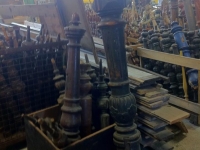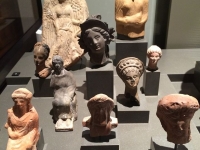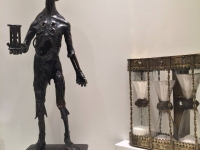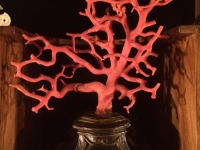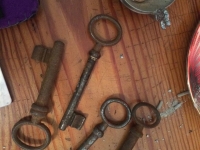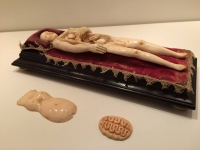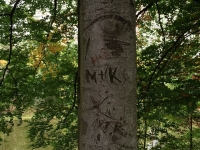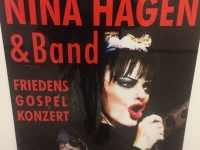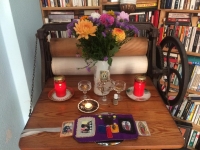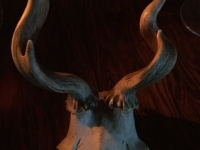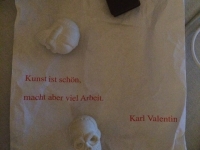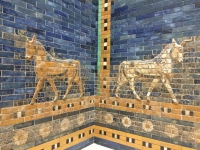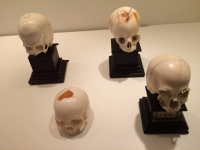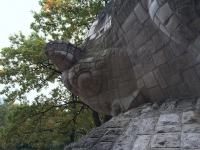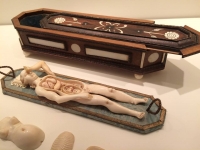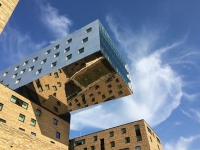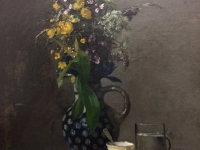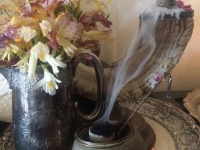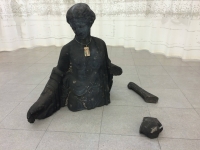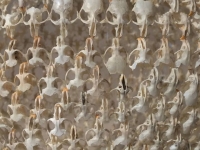Fiona Pardington
23 September – 13 November 2014
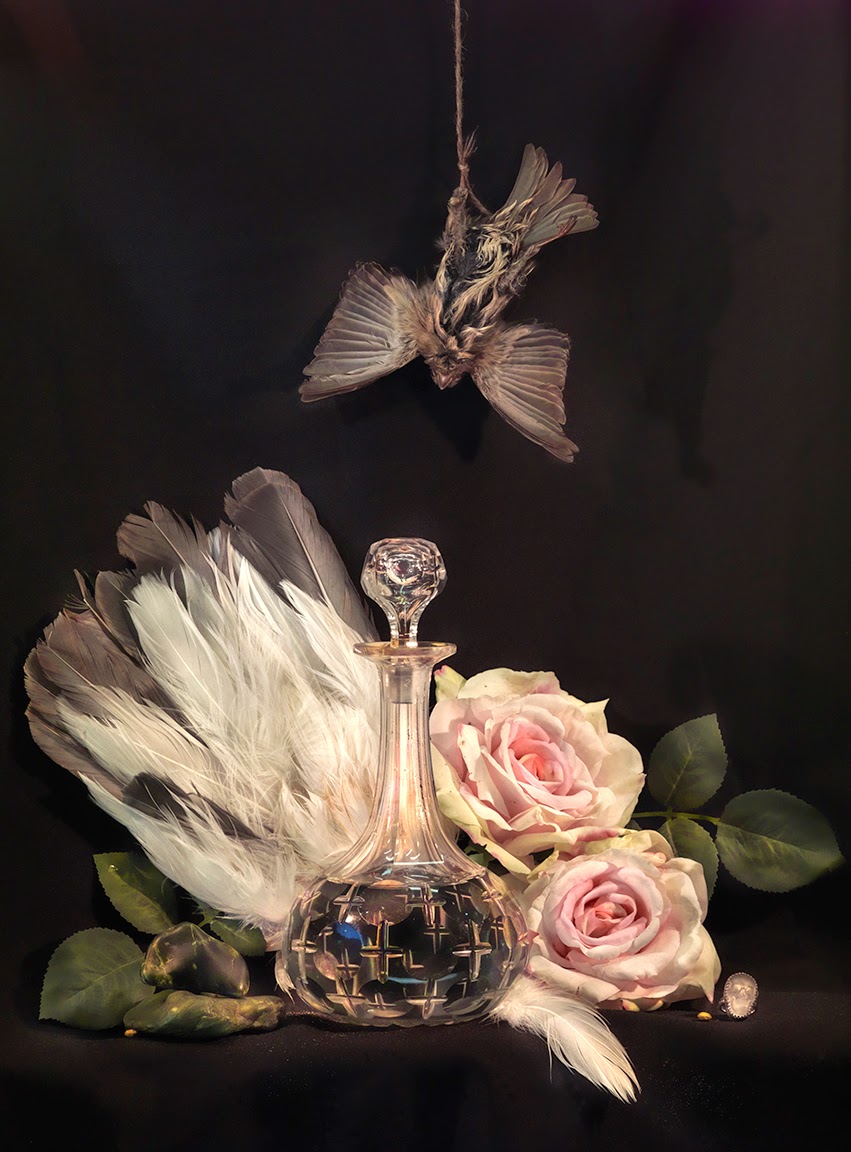
Fiona Pardington’s work investigates the history of photography and representations of the body, examining subject-photographer relations, medicine, memory, collecting practices and still life. Her deeply toned black-and-white photographs are the result of specialty hand printing and demonstrate a highly refined analogue darkroom technique. Of Ngāi Tahu, Kati Mamoe and Scottish descent, Pardington’s practice often draws upon personal history, recollections and mourning to breath new life into traditional and forgotten objects. Her work with still life formats in museum collections, which focuses on relics as diverse as taonga (Māori ancestral treasures), hei tiki (greenstone pendants) and the now-extinct buia bird, calls into question our contemporary relationship with a materialized past as well as the ineffable photographic image.
Pardington holds an MFA and PhD in photography from the University of Auckland and has received numerous recognitions, including the Ngai Tahu residency at Otago Polytechnic in 2006, a position as Frances Hodgkins Fellow in both 1996 and 1997, the Visa Gold Art Award 1997, and the Moet and Chandon Fellowship (France) from 1991-92. Born in 1961 in Devonport, New Zealand, Pardington lives and works in Waiheke Island, New Zealand.
Fiona Pardington’s still life series Organic is part of MOMENTUM Collection. More info here.
Fiona Pardington took part in a Kunst Salon with a workshop in collaboration with Janet Laurence, to develop ideas and frameworks for an upcoming project with MOMENTUM.
Pardington will also take part in the forthcoming MOMENTUM exhibition FRAGMENTS OF EMPIRES (7th Nov 2014 – 1 Feb 2015), along with 6 renowned international artists. Click here for more info.
With the generous support of Two Rooms Gallery (Auckland).

Watch ‘Naturally’ Kunst Salon with Fiona Pardington:
[fve] http://vimeo.com/117583130 [/fve]
Further reading:
Rhana Devenport, ‘Foreword’, in: Fiona Pardington. The Pressure of Sunlight Falling, ed. Kriselle Baker, Elizabeth Rankin (Dunedin: Otago University Press, 2011). ORDER MONOGRAPH HERE
Fiona Pardington, (From PhD thesis) ‘Towards a Kaupapa of Ancestral Power and Talk’ (to request full thesis, please contact isabel@momentumworldwide.org)
Andrew Paul Wood, ‘Ex Vivo’
Andrew Paul Wood, ‘Lux et Tenebris’
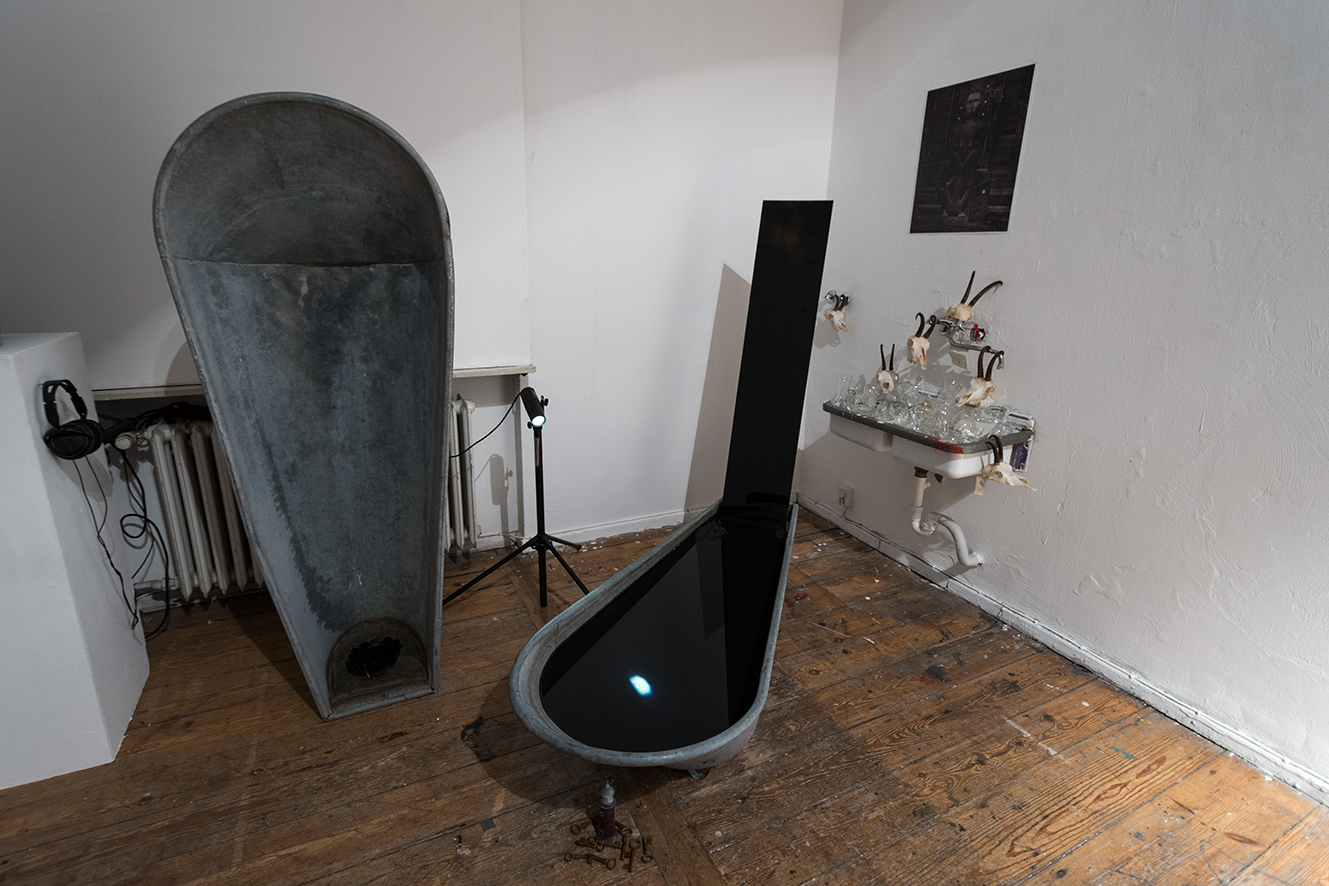
For her Residency at MOMENTUM, Pardington will be creating her first-ever installation piece for Fragments of Empires, to open on November 7th. This installation is the result of an extensive period of research into and deep engagement with the history and significance of Blanke Helle, an ancient ritual lake situated in Berlin’s Tempelhof-Schöneberg district. In Pardington’s own eloquent words:
There’s a large part of my practice that turns on my intuitive engagement with the day and the things I come in to contact with that day. I am always travelling and collecting in nature.
I discovered Blanke Helle within a few days of arriving in Berlin. I had been made aware before i left about the Norse Goddess Hel, but didn’t expect to find such an important physical link to the deity when I arrived. Right in Berlin! Our goddess in Aoatearoa /New Zealand is Hine Nui Te Pō, the Great Lady of the Night. Every people have their Death Goddess, who is both ancient and contemporary simultaneously, ever changing and ever staying the same.
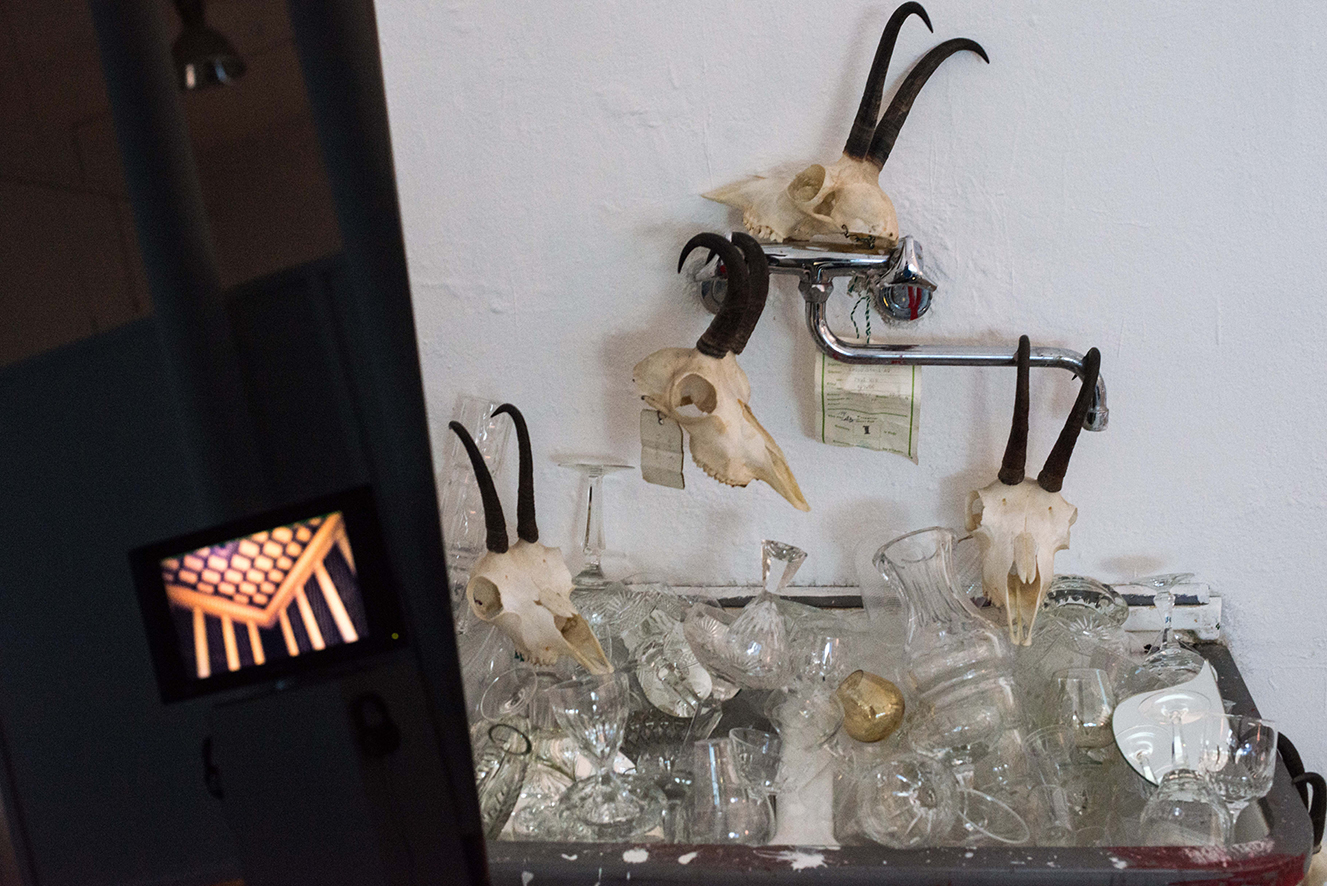
I’m interested in Hel and Hine Nui Te Pō as powerful deific masks who both speak loads in respect to their own deep indigeneity, both Norse and Maori. How they intertwine during my residency is similar to the way bloodlines intertwine when coloniser and colonised meet and create new people and a new whakapapa/genealogy is created. Certainly I am the product of many of those meetings, with Maori, Scottish, Irish and English whakapapa.
Blanke Helle is a glacial kettle lake remainder, a still, dark, ancient holy pond in Berlin’s Alboinplatz. According to local folk tradition, there was a sacrificial stone altar beside the great lake tended by a pagan priest, and Hel (who was believed to dwell at the bottom of the lake) would send up black bulls that emerged from the water. These bulls would help the priest clear the land, and work it. The land itself was blessed, and would provide plenty of grain that kept the priest well fed.
But as the priest grew old, he took it as a sign when one day a Christian monk appeared at the lake that his time on Midgard was ending. He asked the holy man to continue to look after the place of sacrifice. But after the pagan priest had passed from the world of the living the monk refused to honour a pagan Goddess. Hel was greatly displeased and sent Her massive bulls, the now extinct Auroch, foaming up from the water after the monk, whom they killed. Since then, it is said in some versions of the local folk tales that instead of waiting for others to sacrifice to Her in an age of Christianity, that the Goddess Herself lures victims to Her holy waters, and takes them as drowned sacrifices.
Leafy suburbia masks a past of human sacrifice… Hel is a half-rotted goddess, both beautiful woman and skeletal form in one. She is a goddess of bare necessity, only speaking the truth and loving and protecting the dead. She’s meeting me on my fleeting sojourn in Berlin, and I’m talking to her about my country Aotearoa/New Zealand, and about the people I come from.
Dr. Fiona Pardington
Studio Atahu
Aotearoa/New Zealand
See Fiona Pardington’s AiR Visual Diary:


 Back to Index
Back to Index